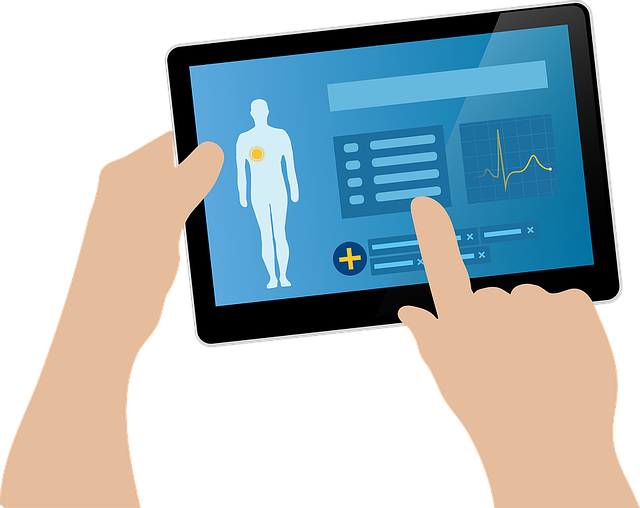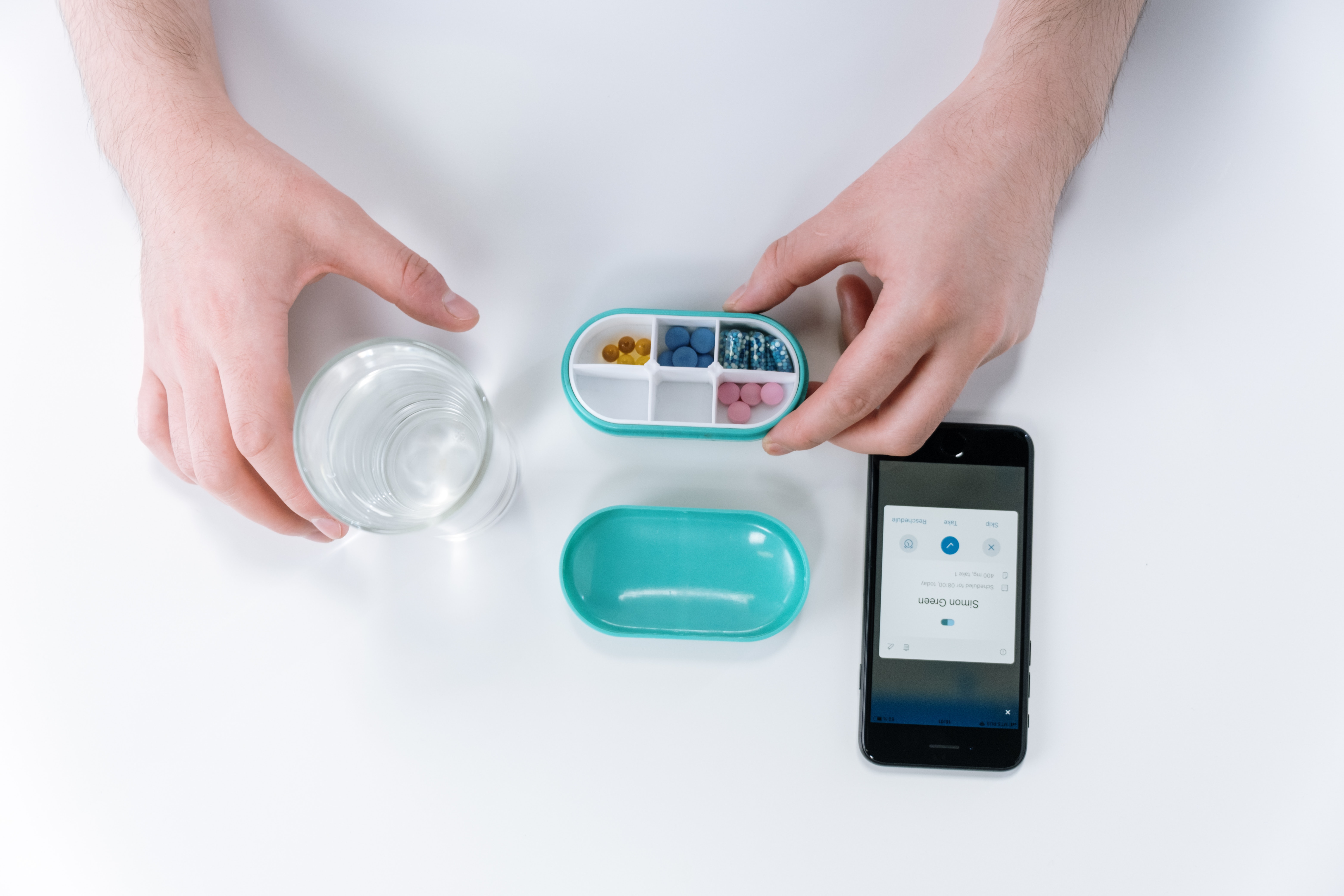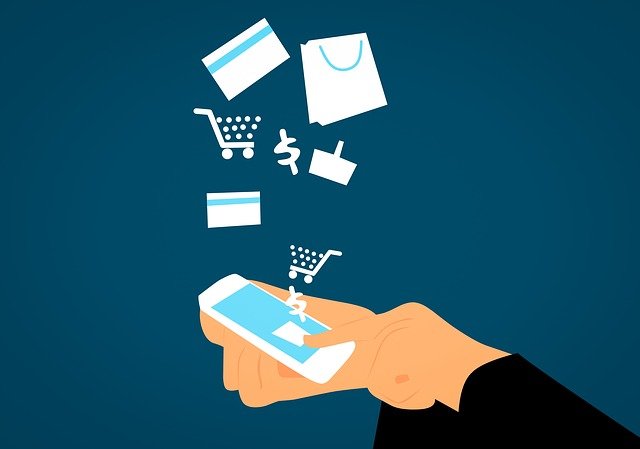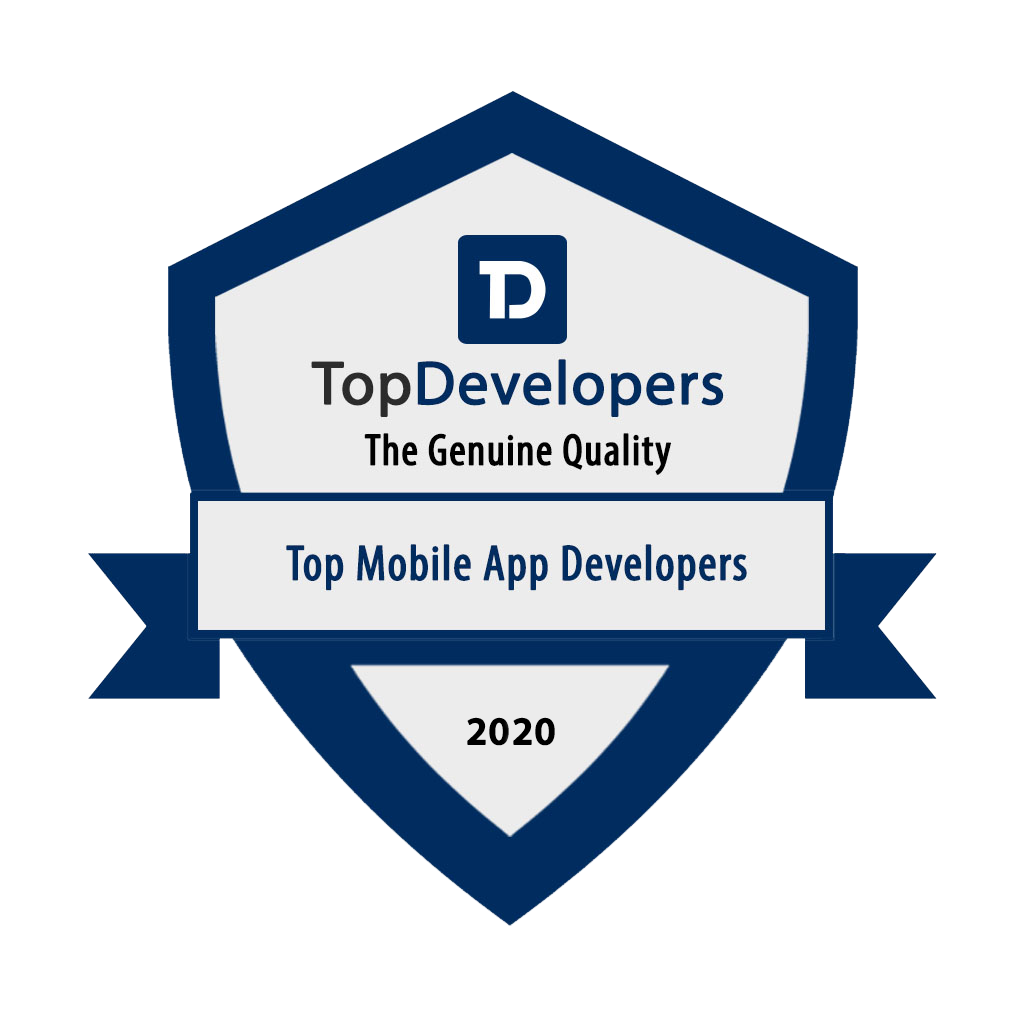
As you read, COVID-19 closes international. Worldwide, the coronavirus has an unprecedented impact on everyday life. The virus has been linked to all sectors as part of its negative impact on the global economy.
But its impact on the healthcare sector has been an earthquake.
COVID-19 is set to challenge the traditional functioning of the health care system and move it towards faster digital healthcare.
Several digital approaches designed to help health professionals and the public stay up-to-date on the disease, maintain communication, and allow better strategic planning is now being highlighted more than ever.
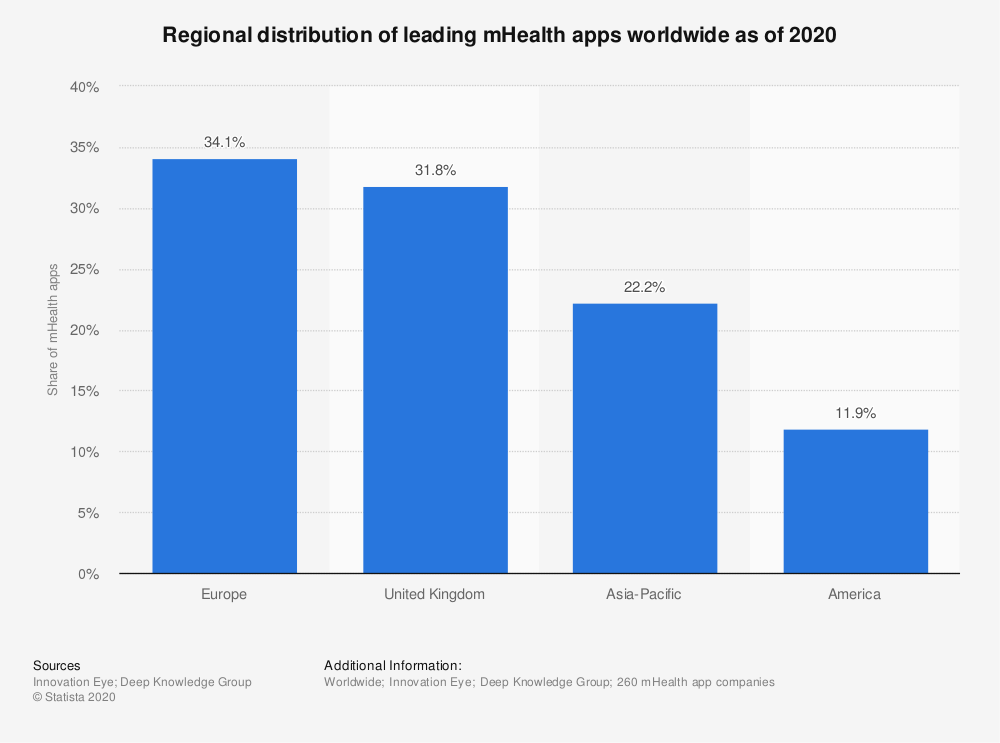
Source: Statista
One thing is certain at this time after the end of the epidemic, we will all be left with changes in the structure of health systems. Although these changes took place, they were in pieces. COVID-19 is all that is needed to speed up the process and bring about digital change.
How COVID-19 impact mHealth - How mHealth changing
What is the market segmentation of mHealth-
International research conducted by MRFR experts in the mobile health market is divided on the basis of treatment and use. This process aims to simplify the various methods of strategic planning through the study of practical aspects and statistics. This will reveal reliable information in the environment.
With therapies, the global health market can be divided into health and lifestyle drugs, respiratory systems, psychiatric and neurological disorders, diabetes, and more.
Through the application, the global health market can be divided into education and awareness, program monitoring, diagnosis and treatment, safety and security, health management, remote data collection, and others.
Recent updates and news about mHealth:
In May 2020, researchers revealed that they had come up with a new kind of package that could be used to monitor patients at home. This will be especially helpful in times of epidemic such as the COVID-19 outbreak in which people have been asked by governments to maintain social cohesion. The clip is the result of a partnership between Northwestern University and Shirley Ryan AbilityLab. This patch can be attached to the throat and can monitor lung movements and monitor the sounds of coughing and other problems associated with Coronavirus. This will include the telemedicine process as a means of diagnosing and assisting with appropriate treatment without the possibility of increasing contact with the spread of coronavirus.
In May 2020, the Tennessee Medicaid program announced that a partnership between TennCare and Proteus Digital Health will use the mHealth sensor to understand and measure drug adherence of members receiving Hepatitis C treatment.
What types of changes we can expect with mHealth:
It solves the issue of medical distancing:
To combat the COVID-19 outbreak, key authorities such as the WHO and the CDC have been looking for ways to reduce physical contact between health care providers and patients, also known as medical distancing.
The Telehealth service is gaining momentum in efforts to reduce COVID-19 health-related transfers. Its effectiveness has served as a promising area for areas including dermatology, cardiology, and diabetes care, etc. Allowing for the most remote care always saves time and space.
Although telehealth has set itself as a major measure to back up medical distances, some barriers need to be addressed. There are issues surrounding patient characteristics such as educational background and age, etc., uncertainty about legal debts, in addition to privacy and confidentiality issues.
Can operate lots of people at the same time:
The high prevalence of coronavirus infection underscores the need for timely follow-up of patients and their contacts. Adaptability and punctuality are also known as two common weaknesses in surveillance systems.
Digital health professionals, using the tracking mode of coronavirus applications, make it easier to monitor infections that affect the masses. People from all over the world enter their details - their routes, the hope that they will catch the virus, etc. to health care agencies to track down the hotspots and carriers.
Health Information Exchange to increase collaboration:
Due to the influx of patients and health facilities, the exchange of solid health data has become an important part of health infrastructure. It also showed us that ‘health data’ should not only contain medical information for patients but should also contain a wide range of incoming data from individual offline and online work.
We will see too many HIEs open and unplanned. There will be plenty of facilities for patients and health systems to access files.
Also Check: How To Develop Your Own Healthcare App
The growing demand for health gadgets:
The impact of the coronavirus on the health care sector has been a wave of social awareness and anxiety. Fear of infection has accelerated the acceptance of applications and dressed as a way to make people feel safe. Wearing items give people accurate answers about blood pressure, body temperature, and health symptoms that restore the sense of control to people in addition to helping them track their health.
In addition to the growing demand and use of wearable protective measures, users are also accepting that they are ready and in line with the fitness goals they have set for themselves.
Other Advantages of the mHealth app in the Healthcare sector-
1. Records Management:
Patient record-keeping is one of the most time-consuming and important tasks in the hospital. Keeping track while releasing a record with a moment's notice is the most important thing when it comes to an emergency and fast-paced industry.
Introducing an application that focuses on patient records management in the system, is something all leading hospitals can swear by.
2. It is cost-saving:
There are many cases in a medical facility that cost them money. From patients who lose their jobs by losing their way first to getting to the hospital and then to the boarding process, costing hospital fees, sending postcard or booklet orders to every patient, there are a few different ways that come together at the cost of a hospital sheet.
More often than not, mHealth applications can solve many issues that increase the cost incurred by the hospital.
3. mHealth apps Save Time:
By simplifying procedures on a large scale, mHealth apps are very helpful when it comes to saving time spent on hospital procedures and getting appointments.
4. Reducing Work:
Some of the major tasks such as creating and managing information, sending care and posting, appointment care, and hospitalization are reduced to large numbers with the help of mHealth applications.
5. Reducing Fraud:
One of the major contributions of mHealth applications in the industry has been in the field of reducing the number of medical frauds. With all information from health services related to medical information, and financial information is now kept transparent between the patient and the hospital management.
Conclusion-
So this is how COVID-19 impacting the mHealth sector. After covid-19, the mHealth shows exponential growth, and more users started to use these apps.
You can also create your own medical app, if you want a process to create your own mHealth app, we are here for you. There is the lots of opportunity in medical app development.
At SchultzCode Technologies, we have the best and experienced developers, they walk with the latest trends and market. If you want developers or if you are searching for the best medical app development company then we are here to provide you every solution to your problem, you can contact SchultzCode.
21 Jan 2021
Our Blog
Developing high people management standards to encourage personal development, professional excitement and employee retention.
